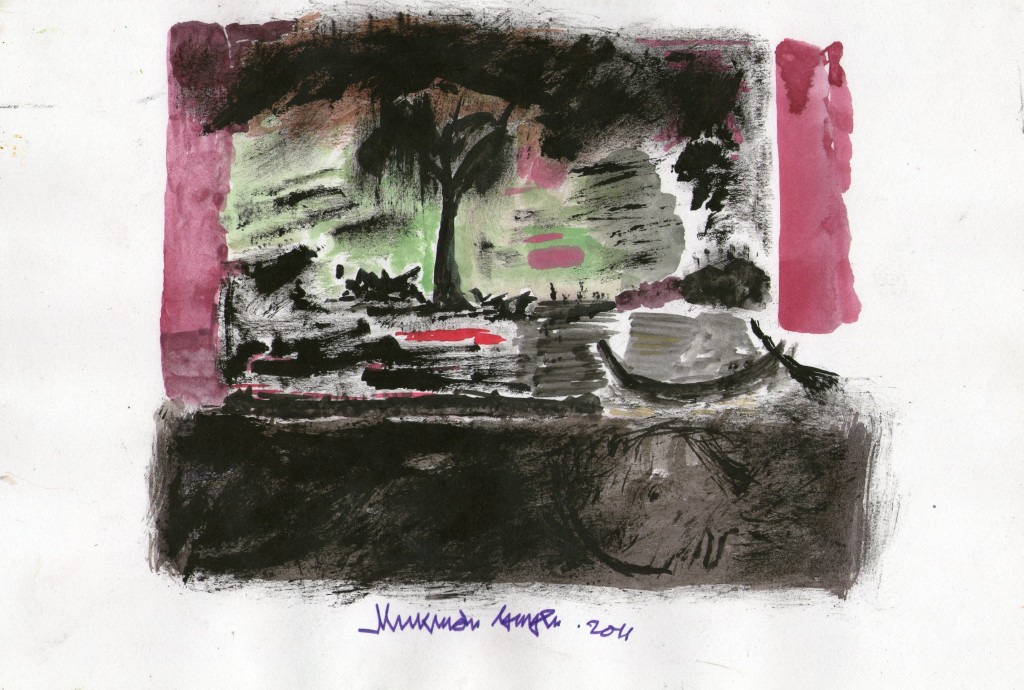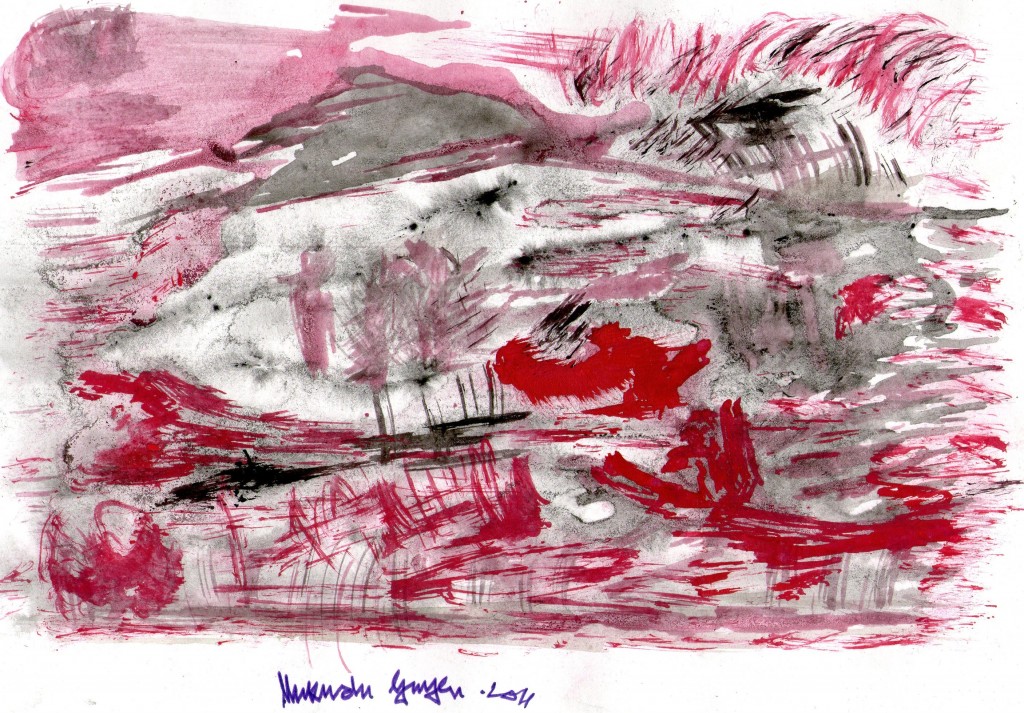By Sunil Amrith
I have been working through the fascinating archives of the Irrawaddy Flotilla Company at the National Maritime Museum in Greenwich. Among the company reports and other miscellaneous items are many details about the company—which tells us something about history of steam power in South Asia, and about the Irrawaddy River itself.
The Company’s grand headquarters now house the Myanmar Port Authority. The building still dominates Yangon’s skyline; though it is unclear how long that will remain the case, given the construction boom that appears to be underway in the city.

The Irrawaddy Flotilla Company was formed in 1865, owned by the brothers Henderson, originally from the village of Pittenween in Fifeshire, Scotland. The family’s fortunes rose from the initial misfortune of George Henderson, shipwrecked while commanding a sailing vessel “trading to the near east.” He survived the ordeal, and installed himself in Italy, where he flourished in the marble trade to Britain—the Glasgow end of the business was handled by his three brothers. By the 1850s, the Hendersons had abandoned marble and moved into long-distance shipping: they owned a small fleet that sailed between Scotland, New York and Quebec; at the turn of the 1860s, they were at the “forefront” of the “emigrant trade” to New Zealand. On the return journey from New Zealand, the Hendersons’ vessels began to call at Rangoon, where they took on cargoes of rice and teak. Before long, the Burma rice trade proved so profitable that they abandoned the antipodean leg of the voyage altogether; around the same time, they purchased a small fleet of steam-powered river craft to profit from the Irrawaddy’s flourishing trade.
A promotional booklet of 1872 assured potential investors that “there is no trade to the east more capable of … continuous expansion than that of Burmah.” The Irrawaddy had “its banks studded with towns and villages, crowded with an active, industrious population to whom this river is the great highway.” Until the advent of steam, “the whole traffic on the river was conducted by native boats”—up to twenty-five thousand of them. Now steam power, “by its speed, regularity, and safety, is gradually superseding native craft”; all that was needed was a “sufficient supply of plant to monopolise, in great measure, the traffic.” For two decades, the Irrawaddy Flotilla Company imported its coal directly from Britain; from the 1890s, supplies began to arrive from the coal-fields of Bengal.
* Full references will appear in chapter 4 of my forthcoming book, Crossing the Bay of Bengal: The Furies of Nature and the Fortunes of Migrants (Harvard University Press, 2013)








